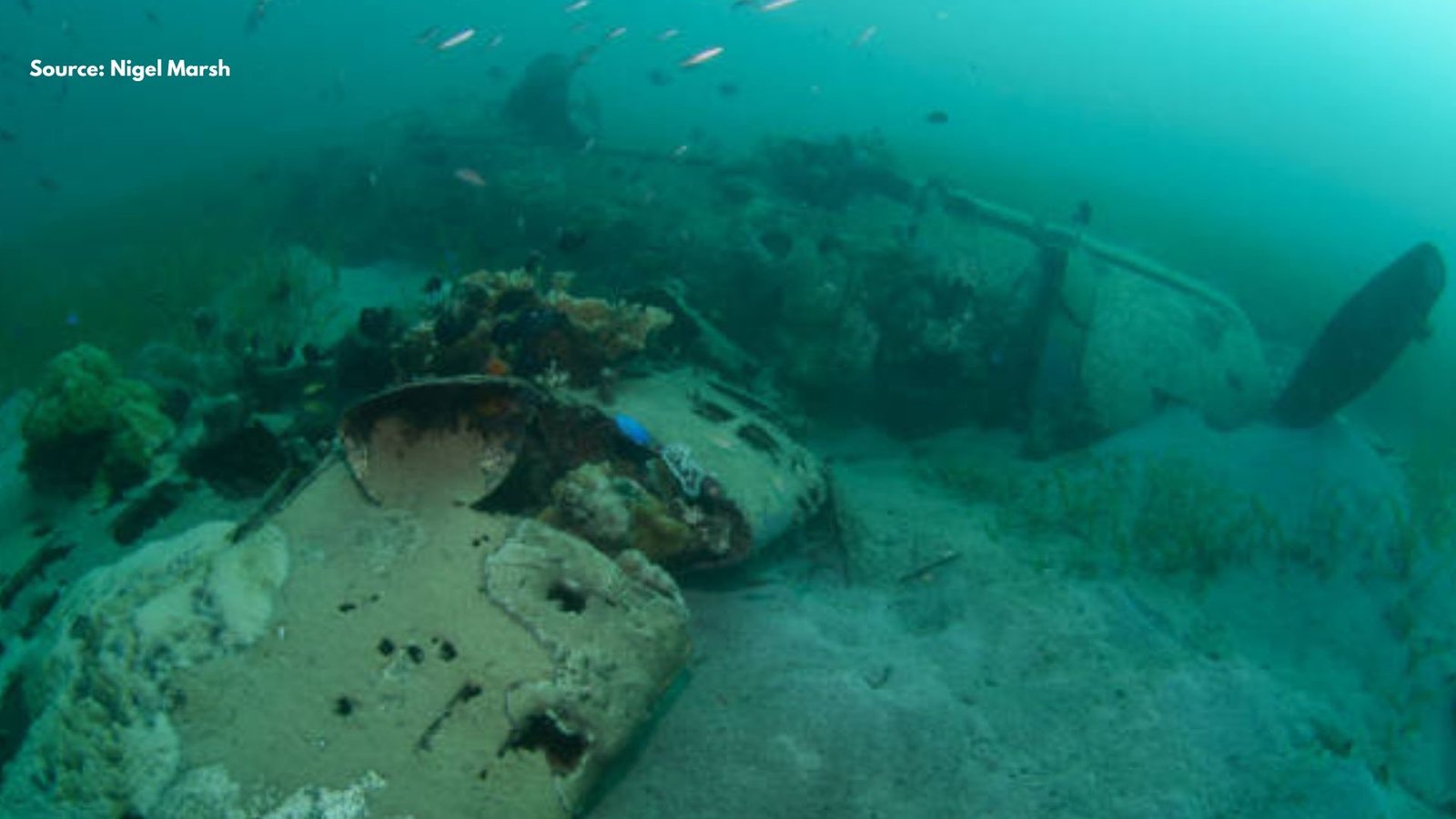
Potentially Polluting Wrecks- A threat to marine ecosystems in Solomon Islands
By Andrea Ma’ahanua
Beneath the ocean’s surface lies a toxic legacy threatening coastal communities and marine ecosystems.
For over 80 years, shipwrecks from World War II remain scattered across the country and off the coast of Honiara.
A workshop on “Strengthening Marine Pollution Incident Resilience in the Pacific” has re-ignited discussions on potentially polluting wrecks (PPWs).
PACPLAN Officer at the Secretariat of the Pacific Regional Environmental Programme, Paul Irving explains that fuel contained in sunken vessels is gradually seeping into the ocean.
“Many of them are already deteriorating and many of them are already leaking. Its a huge problem.”
Around 4000 shipwrecks are within the Pacific alone, many of which can be found in Solomon Islands waters.
Addressing the risks of PPWs is no easy task as wreckages are often littered with unexploded ordnances and are considered war graves.
Mr. Irving notes that Solomon Islands would require international assistance from partners such as Japan, Australia and the United States to effectively tackle the issue.
A 2019 study conducted by SPC has found that the majority of Solomon Islands’ population reside within 1 km of the coast.
Coastal communities often rely on ocean resources to sustain their livelihoods through fisheries and tourism based activities.
Senior Research Scientist at the UK Centre for Environment, Fisheries and Aquaculture Science, Dr. Freya Goodsir emphasizes that enhanced collaboration will improve preparedness for PPWs and other marine pollution incidents.
“It’s about building resilience for the communities and the locals to protect their livelihoods… We want to bring these partners together and build that awareness and work together to build preparedness and resilience in countries.”
END///
